Data-backed insights on effective cold email templates
Let’s move on and talk about email templates. Again, length is super-important here – probably, the most important metric of your cold email template. Data says that in this case less is indeed more.

An email that contains fewer than 50-70 words (something between 50 to 70) generates the highest possible reply rate and ‘interested’ rate. So the longer email is the fewer opens and replies you get.
So probably my suggestion here is to stick to something between 50 to 70 words max, and it makes perfect sense! There is a study saying that on average people spend between 11 and 14 seconds reading brand emails. It’s like 20% of a minute.
Just imagine this: 11 seconds! Probably, brand email is something HTML edited, but again, I assume that cold outreach email is a kind of brand email because you’re a stranger, you want something from them, you reach out to them, so can be considered a brand email.
So if we assume that people spend 11 seconds reading emails from strangers (brand emails) and then we use another chart that people typically read at a speed of 250 words per minute, it means that if we want to grab their attention for 11 seconds our cold emails should be 50 words max (or something between 70 to 100 words if they read faster).
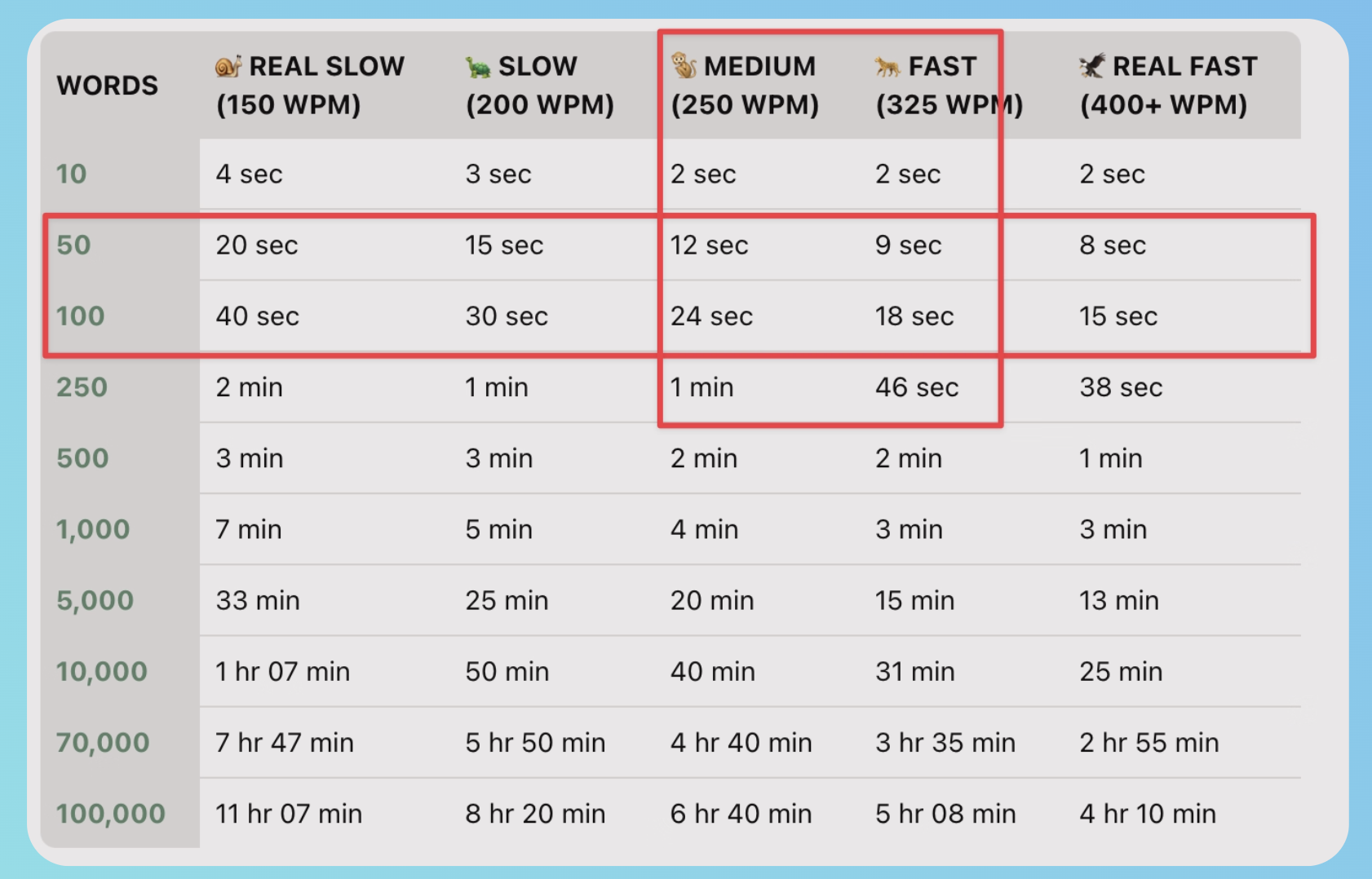
And, as you can see on the previous chart, it indeed makes sense. So probably, I would say this is the most important metric – length – and I would suggest you stick to 50-70 words in your templates.
Now let’s talk about the length in terms of the number of paragraphs. Once again, probably people don’t like really long cold emails and the same applies to the number of paragraphs. Here’s an example of my cold email with four paragraphs.
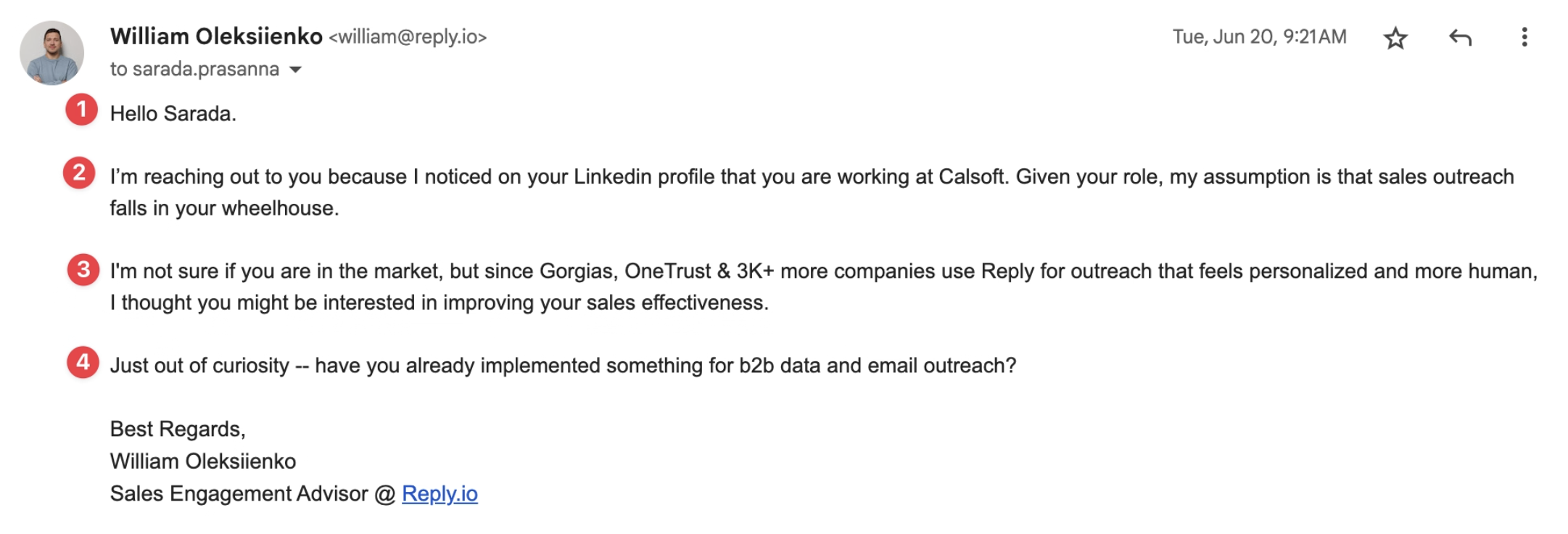
We analyzed the average reply rates and ‘interested’ rate of cold emails based on their paragraph length, as you can see here, the cold email templates that contain only two to three paragraphs generate the highest possible reply rate and “interested” rate.

Then it sounds like it doesn’t matter if your email contains 6, 7, or even 10 paragraphs, if you grab the attention in the first sentence, probably, they will read everything else. But if you want to maximize your results, I would suggest sticking to 2, 3, or 4 paragraphs, just like the email example above. Maybe I can even improve it and use just 3 paragraphs, but again, I have no opinion on this for now.
One of the other elements of a cold email template I decided to analyze is questions. I was curious because sometimes I see cold emails that contain more than one question. So typically it means “Okay so you want from me something let’s say #1 then you won’t something #2 then I’m a little bit confused, because I don’t understand what you want from me”.
Remember, the main goal of cold outreach is to have a super-targeted, super-straightforward CTA, like, do you want them to sign up for something, book a demo, simply reply, or click a link? So don’t use a lot of questions.
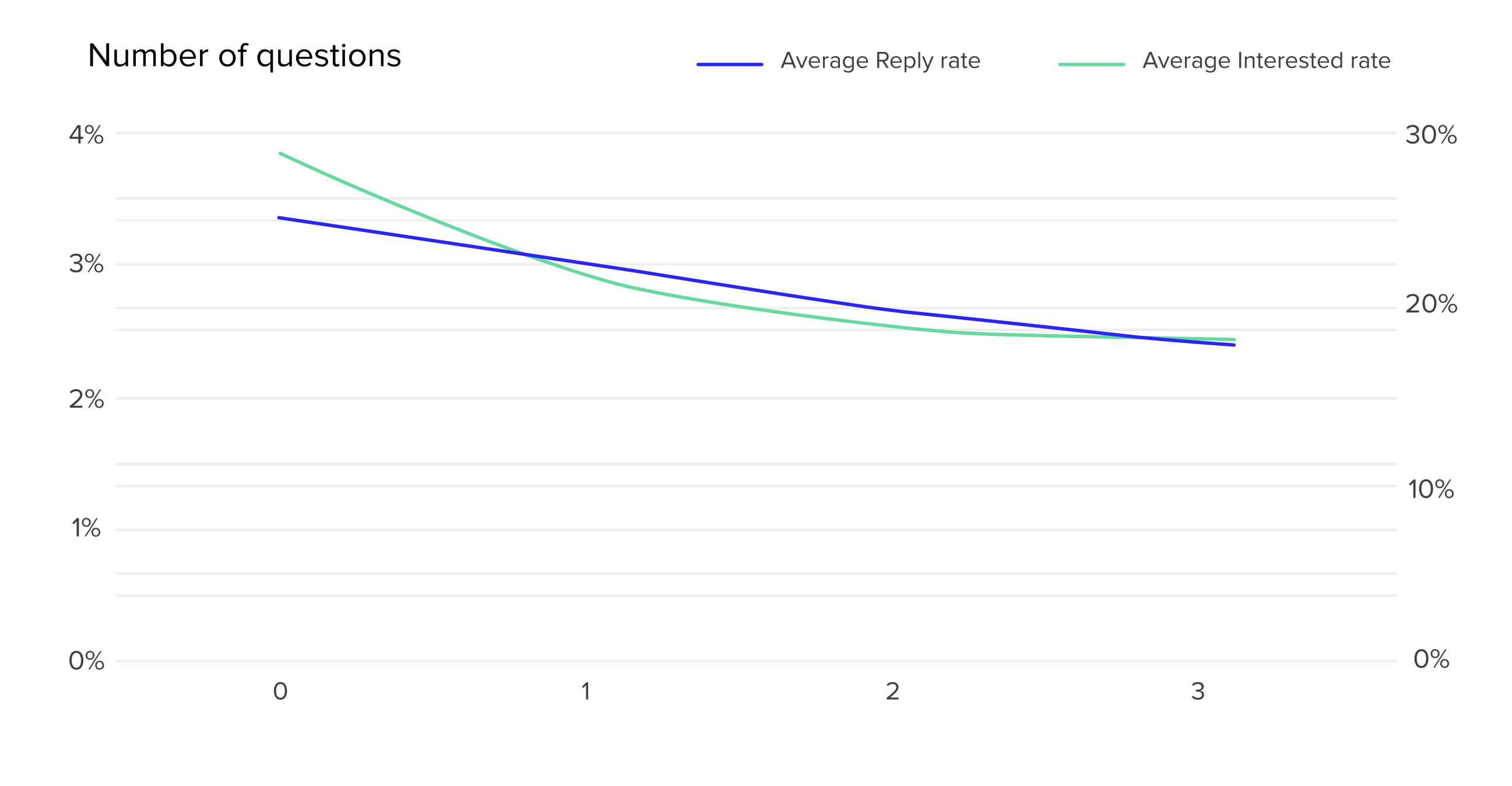
As you can see here, it’s interesting that the average reply rate for cold emails that contain zero questions is the highest. I have heard a lot of things about soft CTAs, so probably soft CTA with no questions will help you get surprisingly more replies. And the average “interested” rate is also higher here.
So the more questions you ask (you can see, we can assume that) the fewer replies you will get. And if we compare cold email templates with three questions, we will see that they generate 30% fewer replies on average.
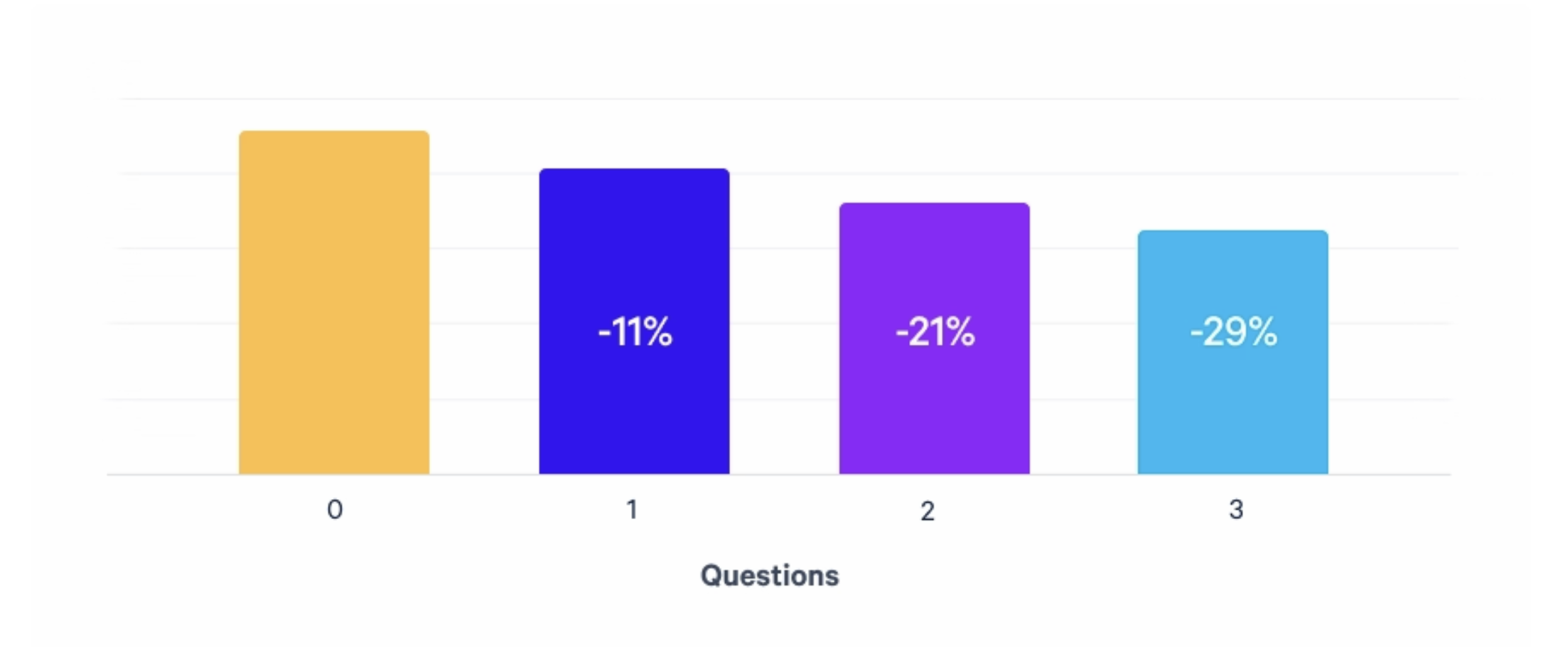
So what’s my recommendation here? I would say use soft CTAs like “Worth a conversation?” or my favorite one with zero questions is “If this is something you’re interested in happy to share more details” or something with this zero questions but a soft CTA.
And the last batch of things we decided to analyze for this event is the email content – whether or not pictures, links, and GIFs influence your results.
As you can see here, indeed three of them will decrease your average reply rate. And it totally makes sense because sometimes links could contain a long tail URL and are not good for email inbox placement, for email providers. So probably that’s the reason.
For GIFs, it’s a completely different story, because typically they weigh a lot maybe 100 kilobytes or maybe sometimes even megabytes, so again email providers dislike heavy cold emails with GIFs. it’s the same with pictures. So my recommendation here for the very first cold email in your sequence is just to send blank text emails with no pictures, with no GIFs. Let email providers think that it’s not spam. When they get used to your domain, to your email address you can send maybe pictures or links in your second, third, or fourth email follow-up.
It’s the same with links, but it’s not a big difference compared to an average result, so probably links are fine.
![Data-Backed Insights on Effective Cold Emails [Webinar Transcript] Data-Backed Insights on Effective Cold Emails [Webinar Transcript]](https://reply.io/wp-content/uploads/podcast.text_.version.2-1080x567.jpg)

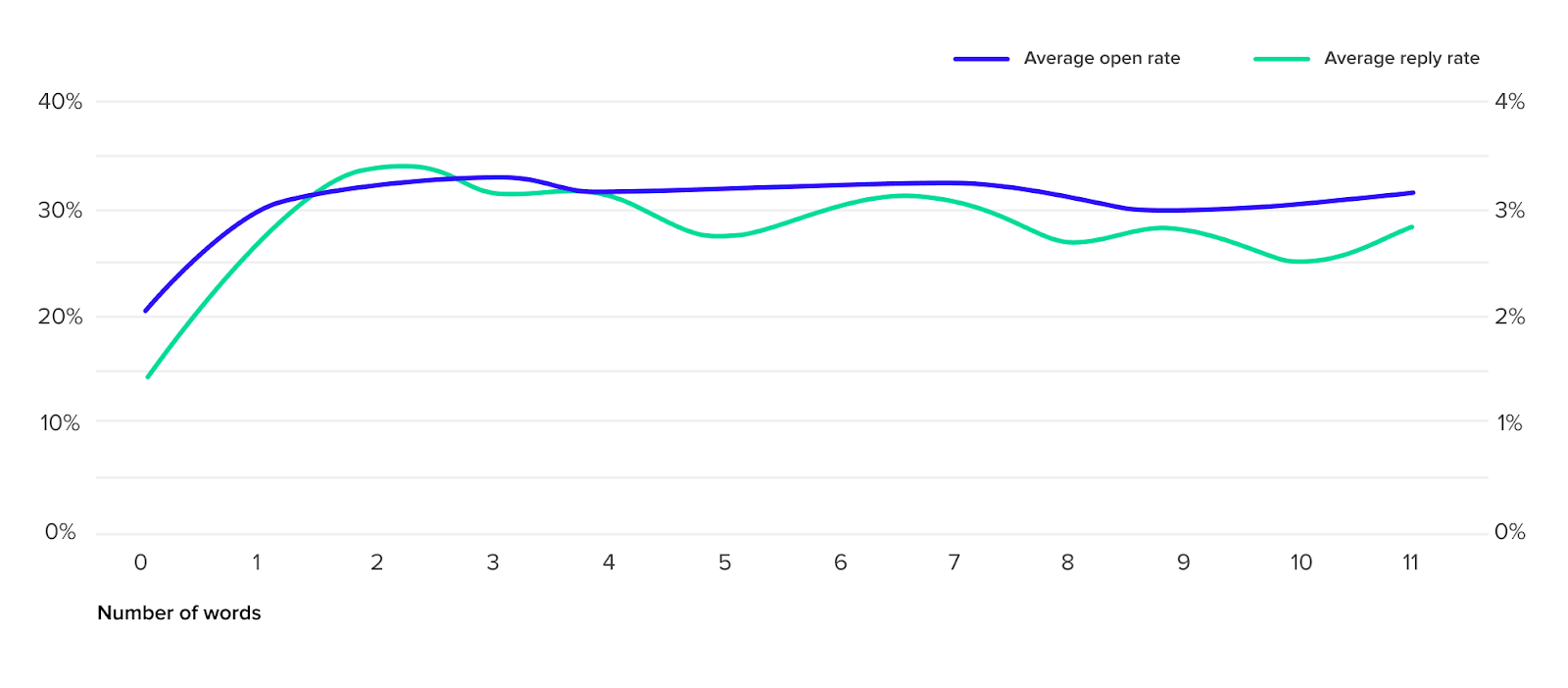
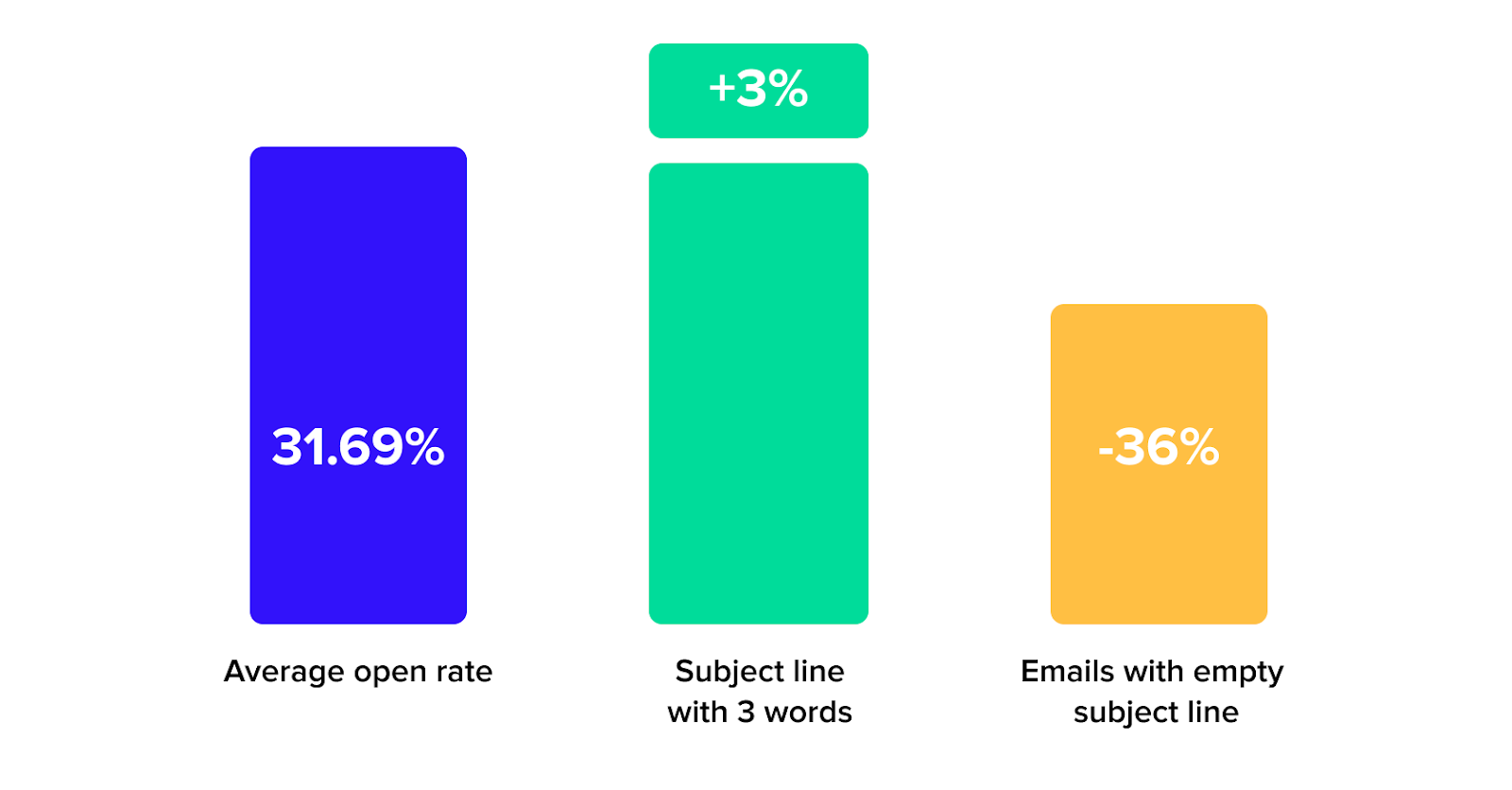
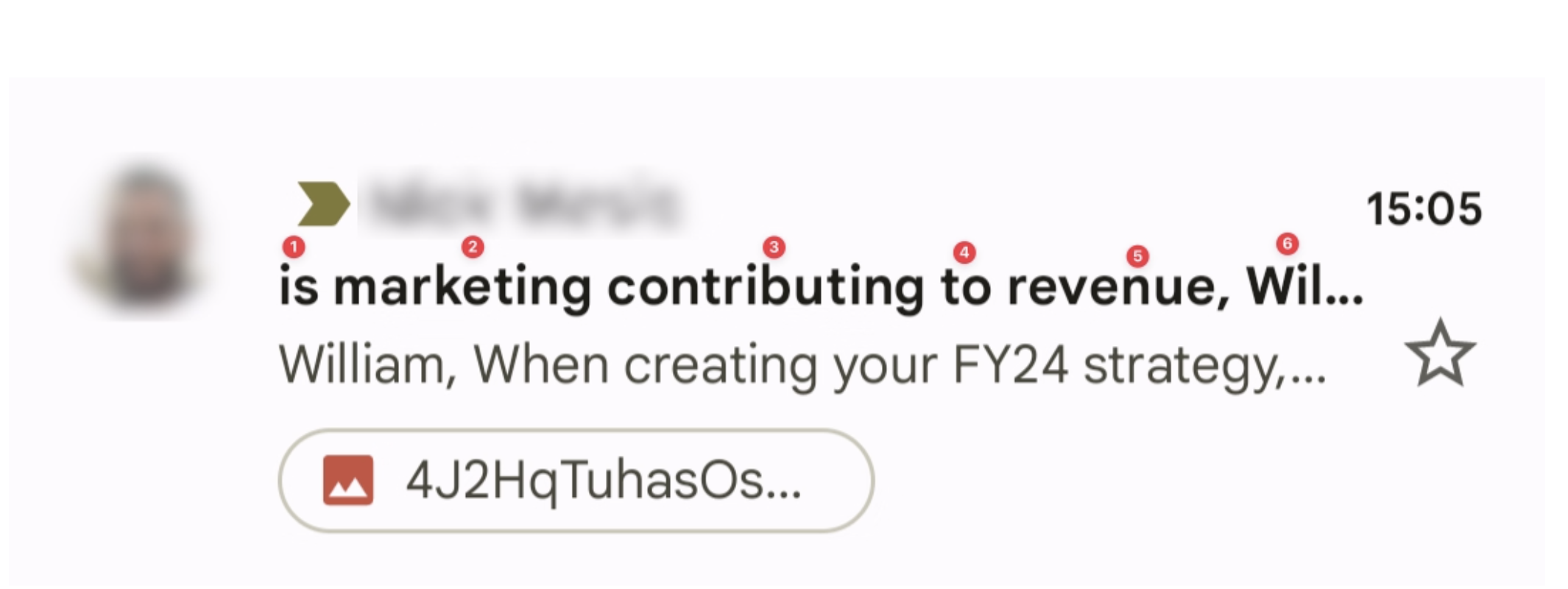
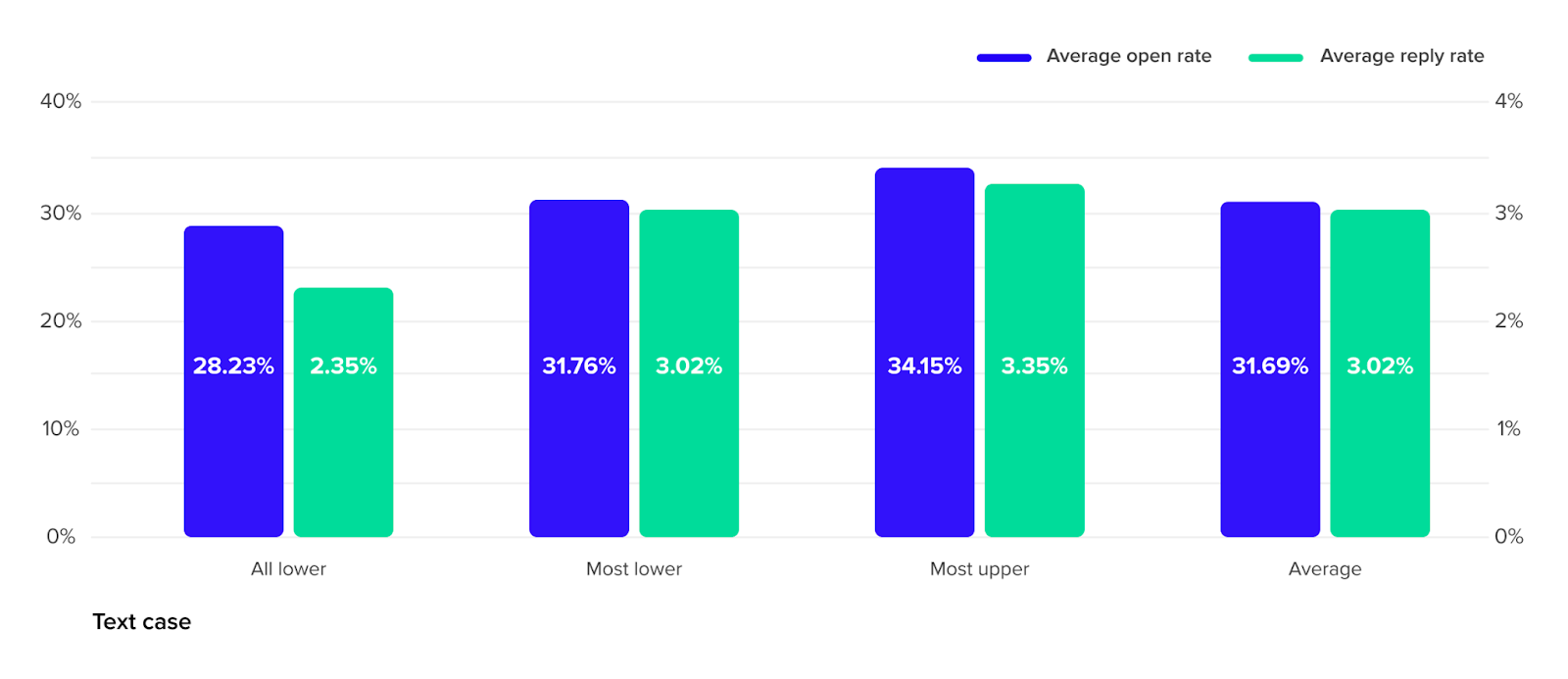
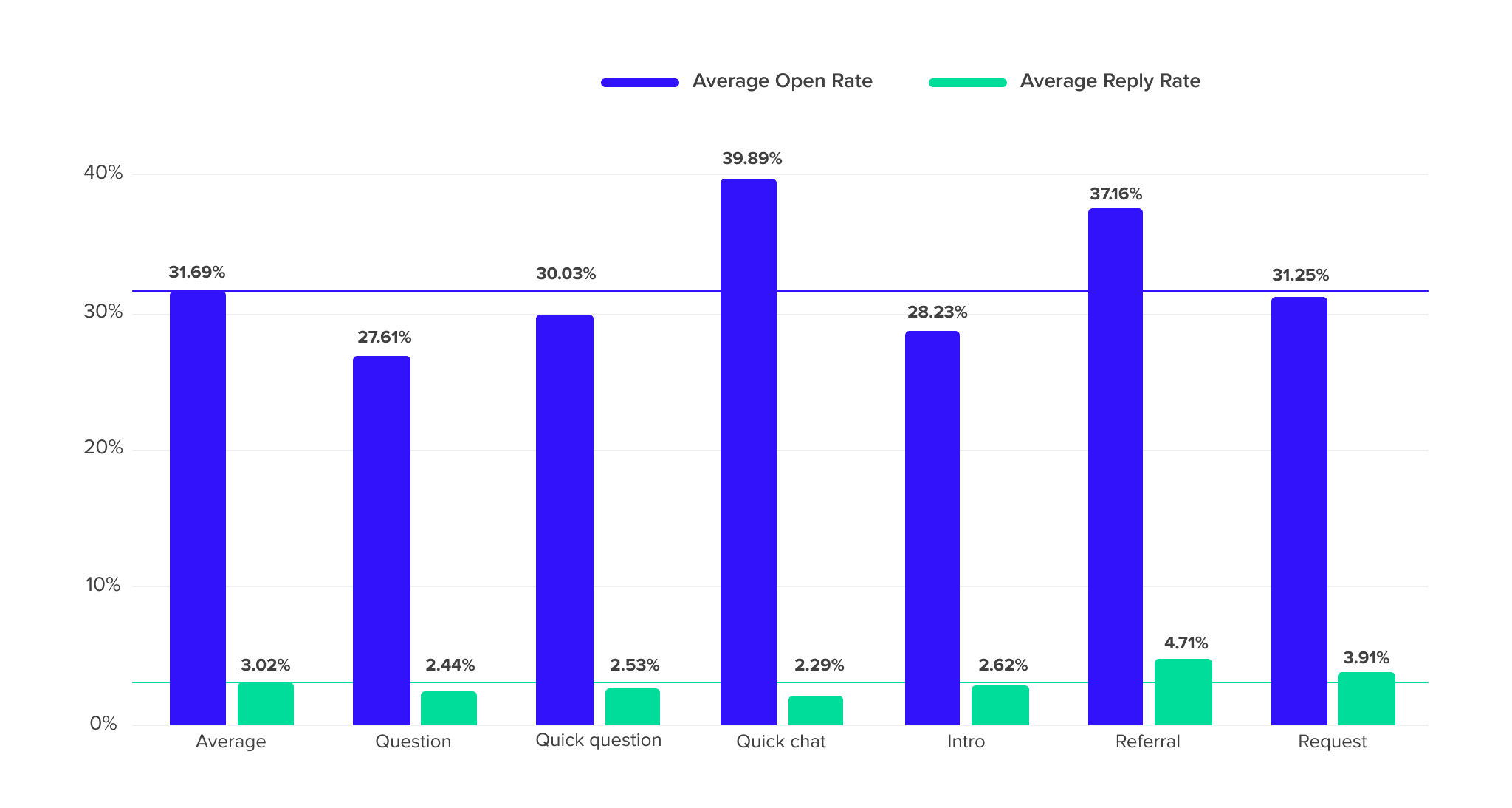
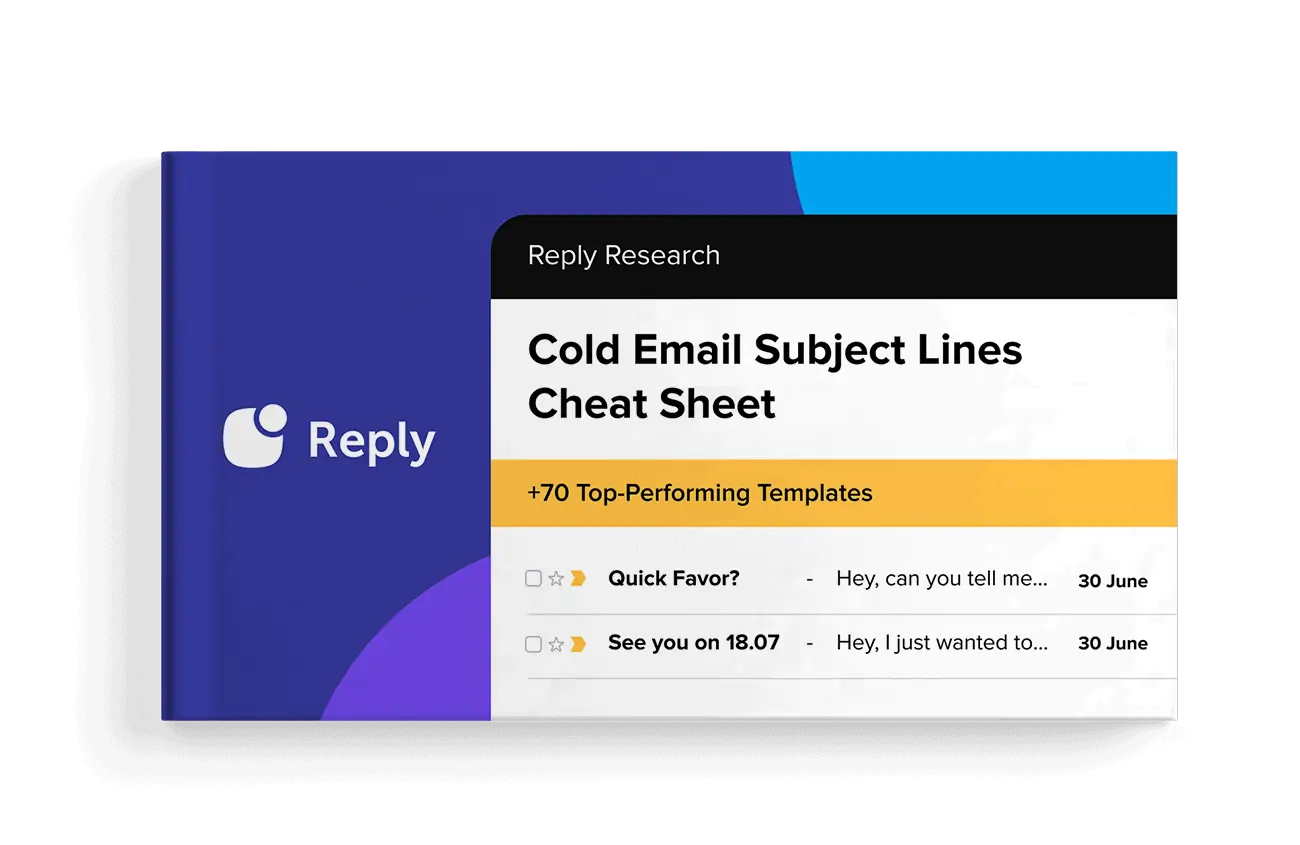






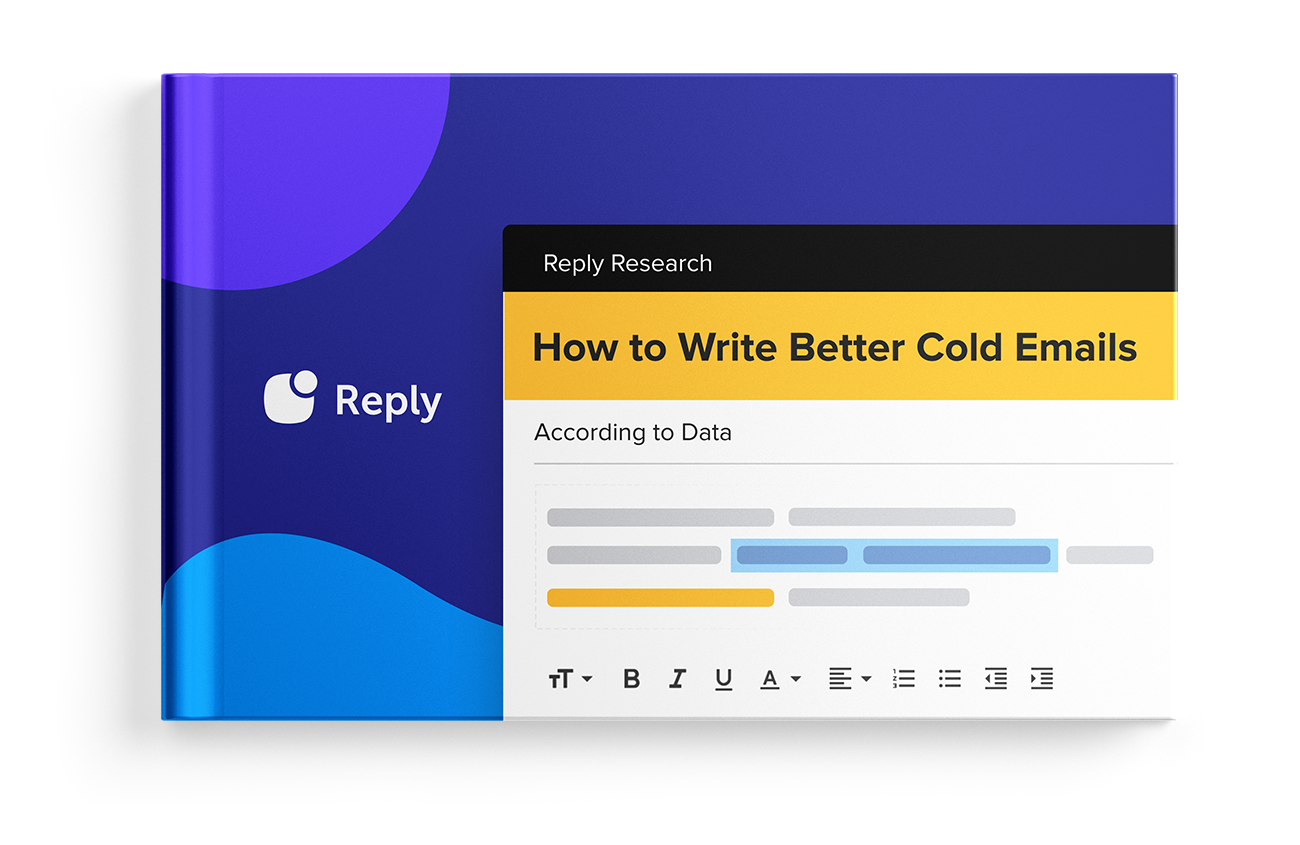
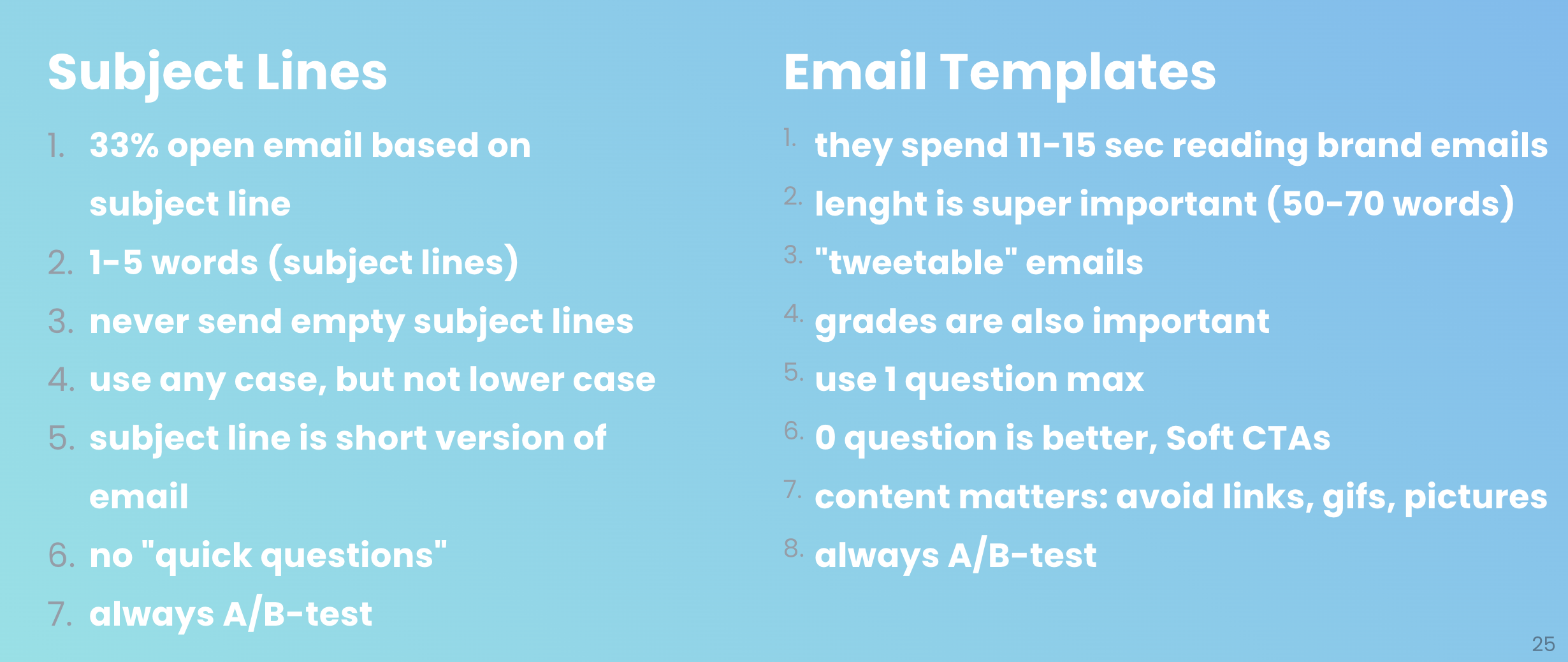
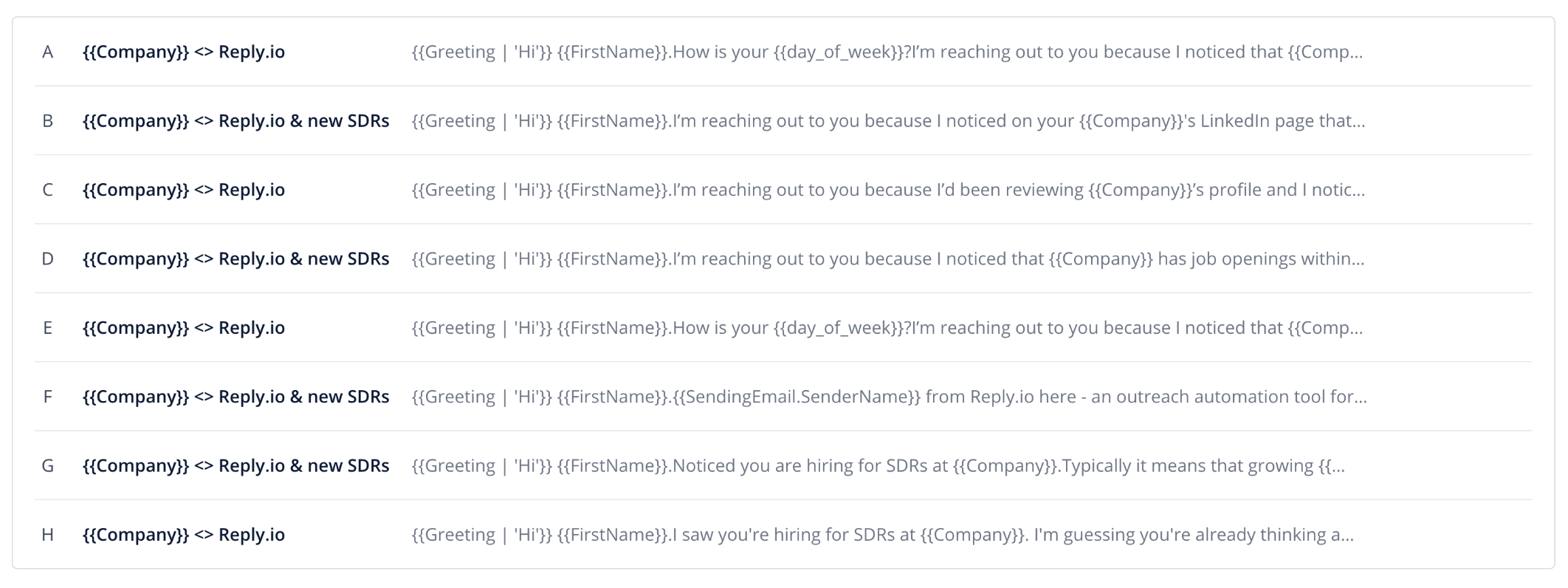
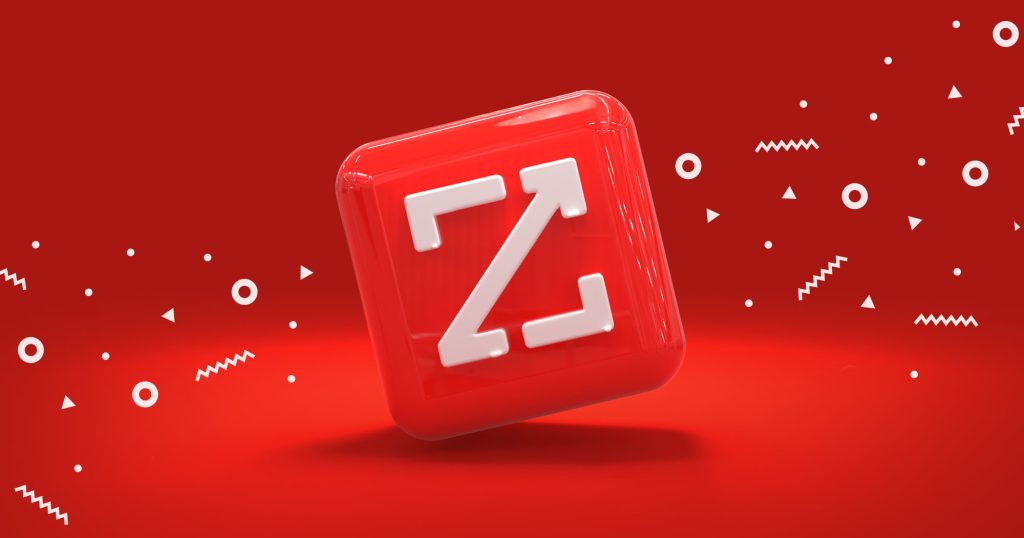

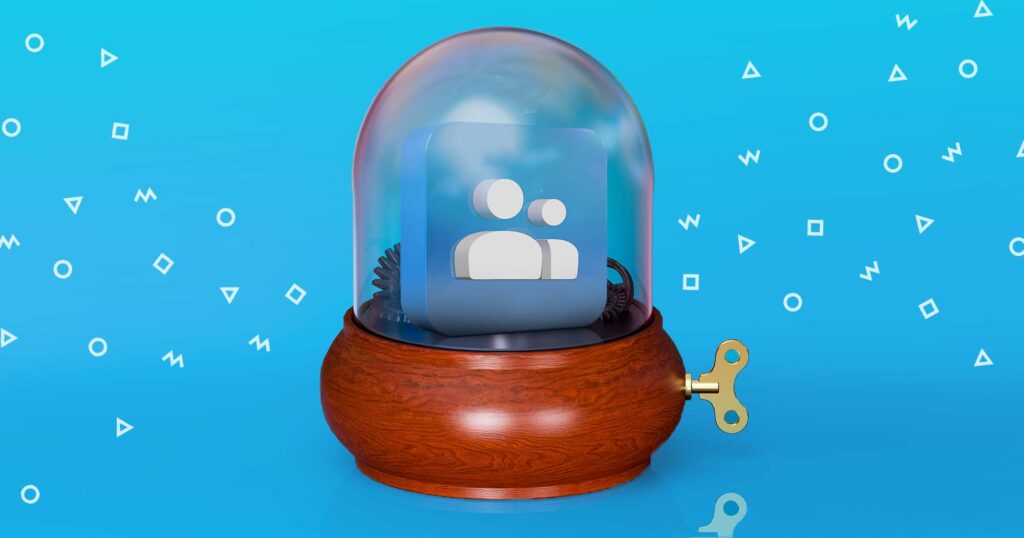

![How to Write Your Perfect LinkedIn Connection Message [With 15+ Templates] How to Write Your Perfect LinkedIn Connection Message [With 15+ Templates]](https://reply.io/wp-content/uploads/linkedin.messages-1024x538.jpg)